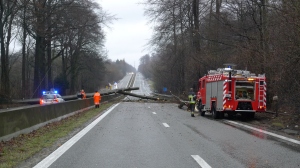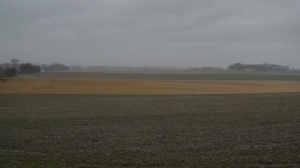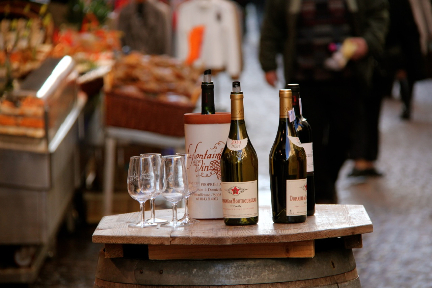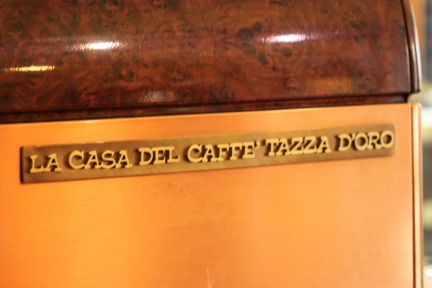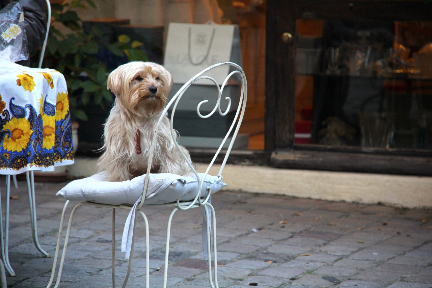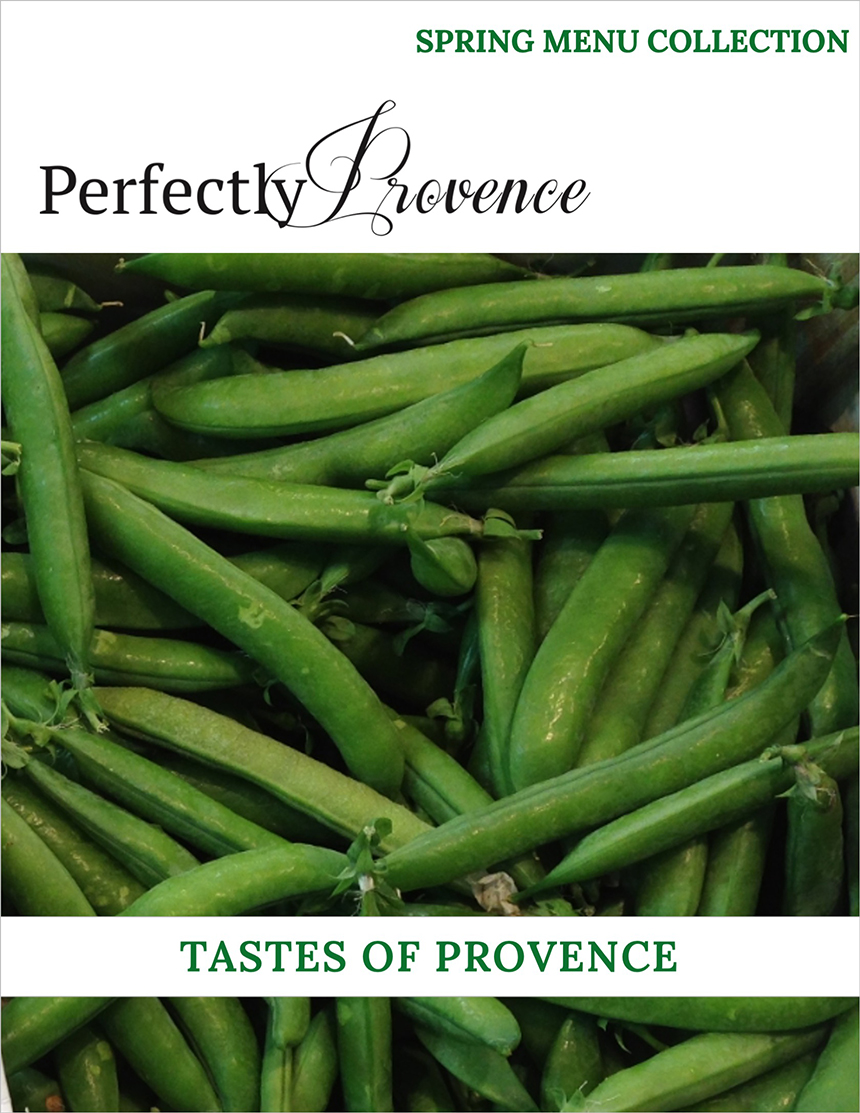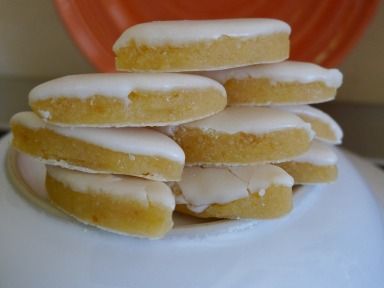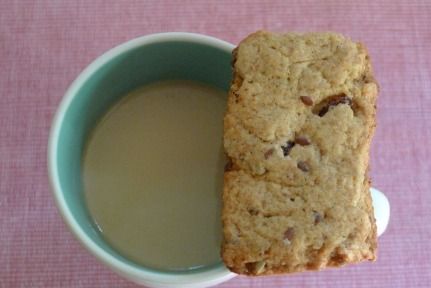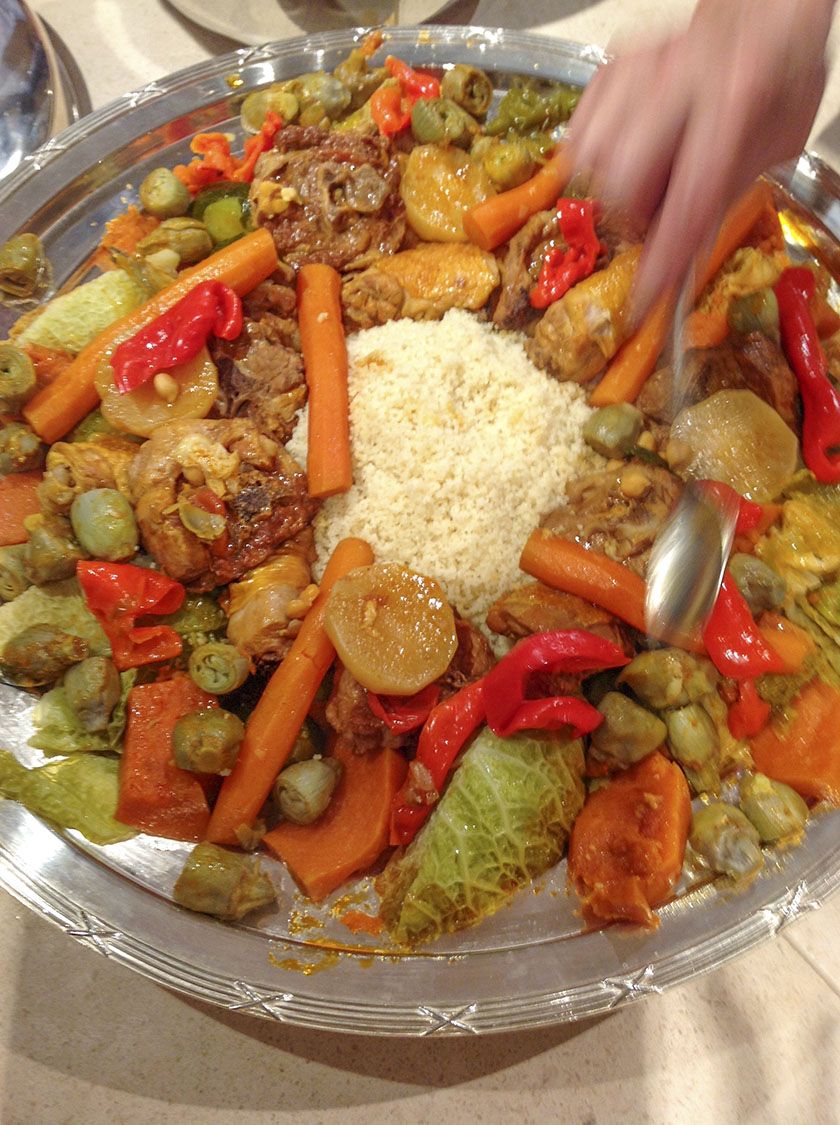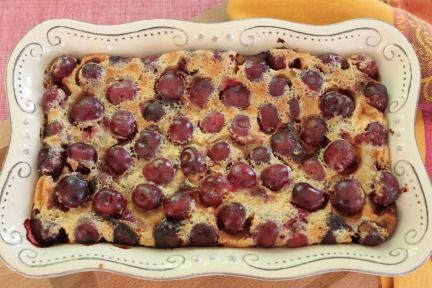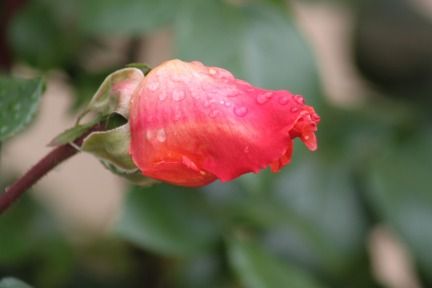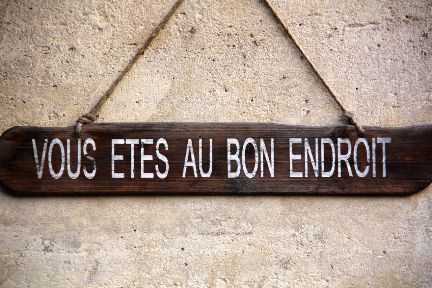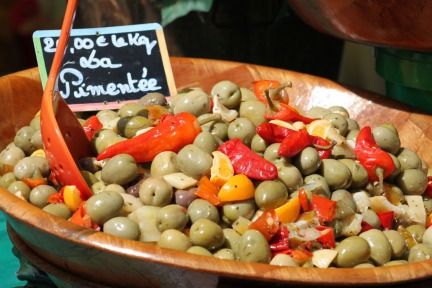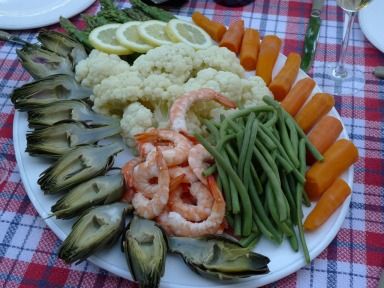If there is one thing that Nutmeg and Ginger love to try it is food. The truth is you are not going to starve in any of these great cities; the array of options can be overwhelming. In all three cities Paris, Vienna and Brussels there is no end of options for international cuisine. Each city offers fresh farmers markets, local produce retailers and many ethnic specialty areas. In turn, each city has a large inventory of what Nutmeg likes to call the dreaded “overpriced and underwhelming tourist traps”.
With the internet, it is easy enough to search for good to great restaurant options in any city. Zagat is a reliable resource and a bit more established in Europe than Open Table.
The other strategy is “roll of the dice”; this means taking some time to look at the menu (price and limited variety), the décor (lighting levels and table settings) and the number of diners (never try an empty restaurant). Here are some recommendations based on this strategy:
In Vienna:
Nutmeg and Ginger tried Indochine 21 night the food is influenced by South East Asia and the décor by Thailand and Vietnam. This place scored highly on Nutmeg’s list as the lighting levels were appropriate and the smoke levels low – oh and the food was very good.
A funky place to check out is Urania was built according to the plans of Art Nouveau architect Max Fabiani (a student of Otto Wagner) at the mouth of the Wien River and was opened in 1910 by Franz Joseph I of Austria as an educational center with a public observatory. It was named after the Muse Urania who represents Astronomy. The bar/restaurant is perched right above the water. The menu is not extensive but the food is decent and the service prompt. If you are not hungry just go for a drink Urania is a great people-watching scene.
In Brussels:
A great find was Toscana 21. This tiny restaurant has been open about three years it is located just of the Place du Petit Sablon. The menu is limited in size with a focus on Tuscan specialties. Momma is the chef, her son Lorenzo and his wife (training opera singer) run the show out front. We had an antipasto selection with great pecorino cheeses and a selection of specialty cured meats. The main course pastas (all homemade from scratch) were fantastic. Ginger had a goat cheese and honey stuffed tortellini in a cheese, pear and poppy seed sauce. Nutmeg had “nude gnocchi”; spinach and ricotta dumplings without the outer shell – they were like little cloud puffs. The food was fantastic and Nutmeg will not be trying these at home. She will be booking another trip to Tuscany though!
So the bottom line is you are never hard-pressed to find good and great food in these European cities. Use whatever methodology you like (internet, word of mouth, roll of the dice) but Go and Explore!


